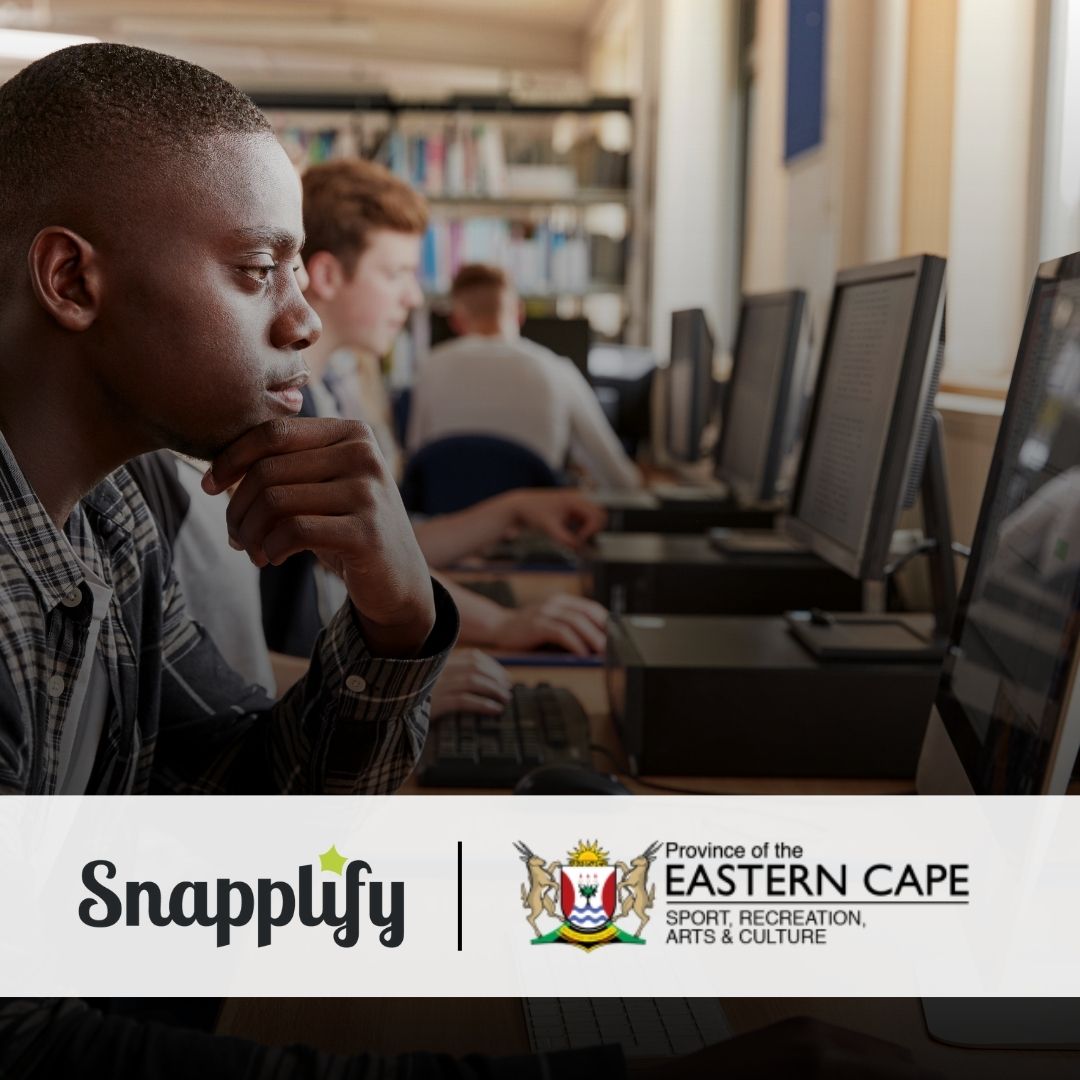How can we nurture innovative thinking that transforms classrooms and fosters world-class pedagogy?
Imagine: You are a teacher who can tell if your students open, read and interact with a textbook, or the class notes you’ve provided. You can see how much time they’re dedicating to their mathematics textbook, and how long they spend on literature and language studies. You can even see which textbooks are not being opened at all.
And that’s not all. You’re also able to see when your students are studying. Is it in the morning, right before school starts? Is it in the afternoon? Or perhaps only very late at night?
Most importantly, you’re able to consider how these factors affect your students’ grasp of the subject matter, what effects this will have on knowledge retention, and whether there are ways that you can change your teaching practices to account for this and improve pedagogy in your classroom.
The benefits of digital education
There are many significant advantages to choosing to pursue a digital learning framework in the classroom – from simple logistical benefits (procurement is quick and simple, textbooks never go out of stock, students no longer have to lug around heavy bags of books that destroy posture and lead to back pain), to cost considerations (ebooks are most often more affordable than their print counterparts). Digital education makes it simpler than ever to get books to students of all ages.
Other peripheral benefits include teaching students digital literacy skills as you teach other subjects. This allows students to interact, innovate and flourish in ways that prepare them for post-school work environments. These skills – from IT knowledge to problem-solving, collaboration and communication – are essential in the 21st century.
But perhaps one of the most important benefits of digital tools is the underlying ability to track user behaviour and engagement in ways that were never possible in pre-digital classrooms. Now, we’re able to use this information to test how effective teaching strategies are, to compare student outcomes with effort put in, and to highlight gaps quicker.
Using data to build better products
We’ve believed for a long time that accessibility is essential to the successful adoption of digital education tools – it was one of the key motivations that led to Snapplify developing the Snappbox as a tool for ensuring that digital education is accessible in all classrooms, especially in emerging markets.
For us, accessibility includes the availability of devices and connectivity, as well as ease of use and affordability. By supporting both online and offline content delivery, we’re able to make digital learning possible and cheaper for connected and unconnected schools.
The necessity for accessible digital education products is supported by the data we’ve analysed from 500 schools that we work with. The requirement for homework and reading outside of school hours is prevalent through the majority of our partnered schools. While some schools encourage a large amount of reading in classroom hours, the data shows that learners are engaging actively with their textbooks between the hours of 4am and 8am, or 3pm and 6pm. This stresses the need for students to have the ability to use technology outside of school hours.
Given the expense of bandwidth, and the lack of connectivity off-campus (and the fact that access to an internet connection off-campus cannot always be guaranteed), the data demonstrates how important offline access is to content engagement. This not only directs the way Snapplify builds our suite of solutions, but has the potential to empower educators to make better decisions about strategic interventions.
Data as a practical tool in the classroom
With access to analytics showing how specific textbooks are being used, and which content is more engaging and helpful to students, institutions can make informed decisions about procurement and how best to spend their book budget in the coming year.
Further practical implications include using data to prepare for parent-teacher meetings. This information could be used to discuss the ways in which a student is interacting with content, as well as the student’s use of textbooks at home. In some cases, where low marks correspond with low engagement during homework hours, for instance, the data could demonstrate the need for parents to supervise after-school work. These kinds of strategic interventions can positively reinforce a student’s school career.
Adopting a data-driven educational approach
When comparing engagement rates across our partnered schools, we picked up on two key differences in sustained learner engagement over the course of a school year. Scenario one shows low engagement rates in the first term, but then shows level and sustained engagement throughout the rest of the year, and into the final term. In scenario two, we see a drop-off of student engagement as the year progresses. The data shows us that there are differences in sustained engagement, but also presents a key to assessing why this may be the case. Scenario two measures the efficacy of a more traditional pedagogical technique, where students engage with content heavily during school hours. This points towards a large amount of reading in class, followed by more reading, and practical homework exercises, taking place outside of school hours.
The data shows us that there are differences in sustained engagement, but also presents a key to assessing why this may be the case. Scenario two measures the efficacy of a more traditional pedagogical technique, where students engage with content heavily during school hours. This points towards a large amount of reading in class, followed by more reading, and practical homework exercises, taking place outside of school hours.
Scenario one measures the efficacy of a flipped classroom teaching model, where instructional content is delivered digitally at home, and students engage in activities in the classroom – evidenced by a much higher engagement with content after school, and low engagement during school hours.In scenario one we can also see a particular kind of teaching strategy, where content engagement picks up later in the year. Here, students have been given the opportunity to engage with practical work in the first term, focusing on theory afterwards. This gives students something tangible to have in mind when they learn the theory, pushing up engagement rates later on in the year.
Fostering curiosity
With each exciting technological development, educators become better equipped to implement e-learning. But we’ve also seen that merely implementing e-learning as a pure replacement for physical textbooks is not enough to revolutionise education. We must ask how students are using the technology and whether it is effective. Data enables us to examine which teaching strategies lead to improved/ sustained learner engagement, and conversely, which strategies struggle to maintain this engagement throughout the year.
Going forward, we should be asking how we can use technology not simply to enhance, but also to inform the way we teach. We have the technology to ask and answer deeper questions about the effectiveness of the education we are offering the next generation, as well as the the tools to develop key strategic interventions that leverage the power, promise and potential that technology has to offer 21st-century students. With access to this key data, educators can feel empowered to develop new pedagogical processes to transform their classrooms and offer their students a world of possibility through world-class digital education.
A note on our methodology: Snapplify analysed data for this article using our data tracking and visualisation tool for schools: Insights. These analyses are based on data points gathered between 1 January 2017 and 31 December 2017. Identifying information about any schools that we work with, and whose data we may have been analysed in the process of writing this article, has been removed to respect privacy of these institutions and their students.
With Snapplify Insights, you can analyse big data to monitor students’ usage and analyse behaviour. Looking back on the school year, you can identify trends that can be used to inform your content choices and teaching strategies. Based on this insightful data, your institution can grow and learn, in order to transform your approach to teaching and learning.
We believe that digital learning is the future. Keep up to date with what we’re doing in education by signing up to our South African or Kenyan mailing lists.



